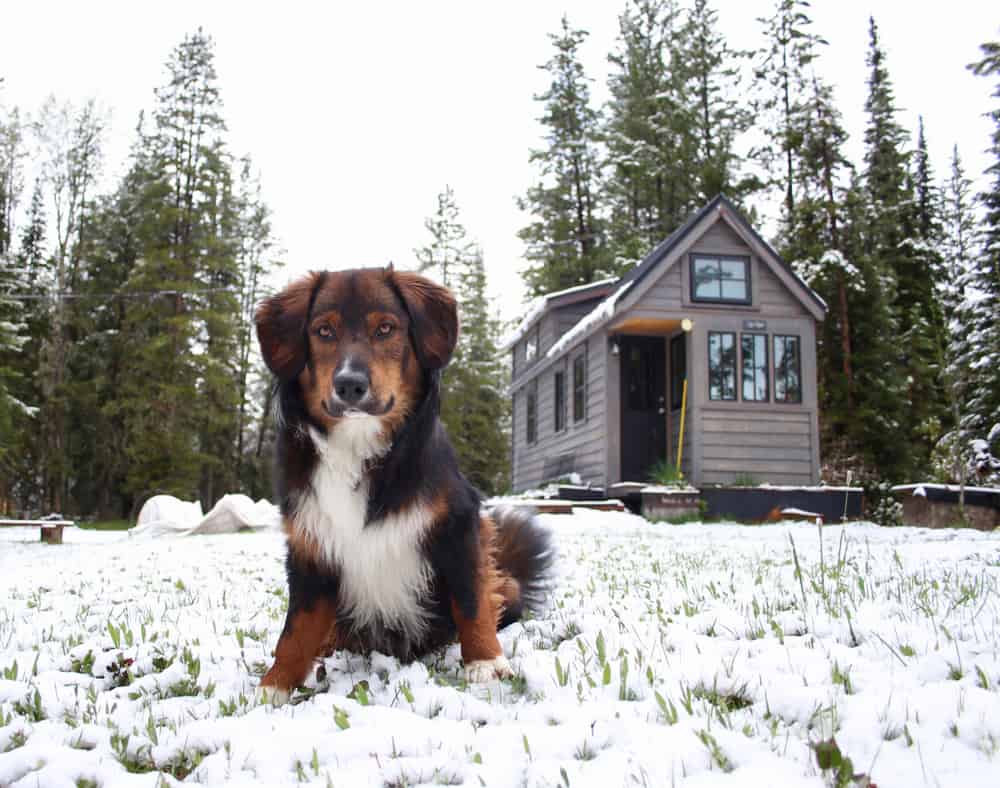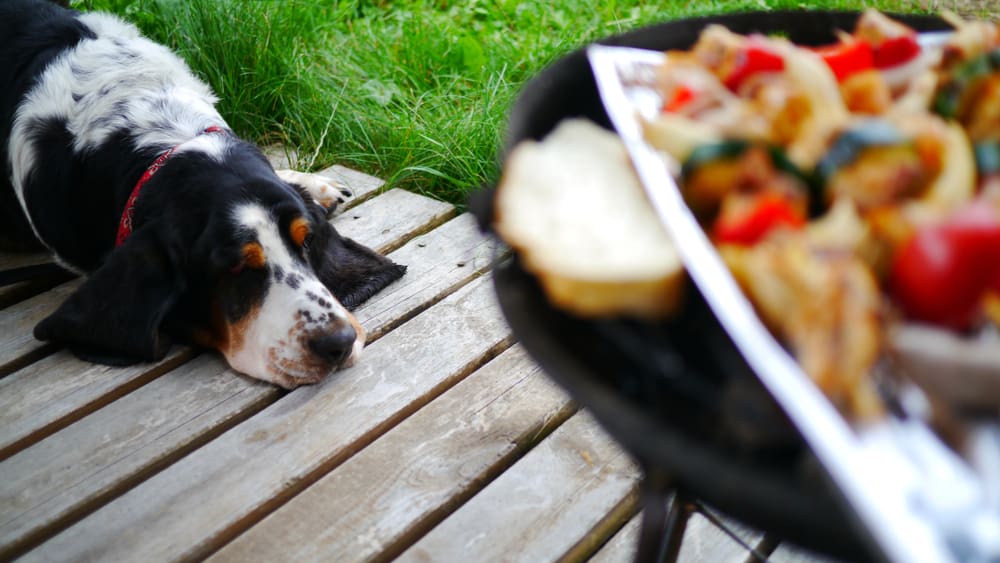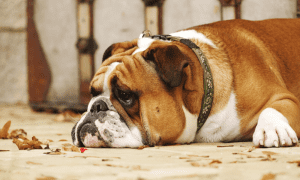“This post contains affiliate links, and I will be compensated if you make a purchase after clicking on my links.”
Tiny house living continues to become more popular across the country. Sales estimates range from 2,000-5,000 per year and for plenty of reasons. Tiny homes are wonderful for nature lovers, they are economical, they have a smaller carbon footprint, and they can be quite practical for people willing to adopt a minimalist lifestyle.
Downsizing your home can actually upgrade your quality of life. But, if you’re a proud pet owner, you might be wondering if tiny home living is right for you and your four-legged friend – especially if you have a large dog.

Thankfully, no matter what the square footage of your home is, your canine companion can enjoy a comfortable and happy life in a tiny house if you’re willing to go about it a certain way.
If you’re still on the fence, let’s look at some of the potential benefits and drawbacks of living in a tiny house with your dog.
They Can Thrive in Nature
Most tiny houses are in rural areas. Many people build or buy them in the middle of wooded locations to find a sense of peace and calmness. Some people want to downsize or start living off the grid on their own farms. If your adult dog starts working on a farm, they will be susceptible to different health concerns, such as parasites that are found more often in rural areas. They will also be exposed to the elements more often. You can protect them with pet insurance as well as coats, booties, and their own shelter.
Whatever the case, living in an area with a lot of outdoor space and wonderful scenery is important for a dog.
One of your biggest reservations about tiny house living is likely the space your dog would be limited to. But, as long as you live in an area that has ample room for your dog to spend time outside, it could be extremely beneficial for them. Some dogs need to exercise quite a bit each day. They’ll love the sights, smells, and sounds of your property, especially if they’re allowed to explore every day.
Some dogs do very well in small living spaces. Of course, small dogs like pugs and Shih Tzus might come to mind. But, medium and large breeds can also do well in places like apartments and tiny houses, including:
- Bulldogs
- Basset hounds
- Greyhounds
- Mastiffs
Dogs that generally have calmer demeanors are best for residing in small spaces, so consider your dog’s breed when thinking about whether tiny house living is right for you.

Consider Customizations
Even though thousands of tiny houses are sold each year, many still choose to build their own. The average cost to build can range anywhere from $30,000-$60,000, but if you use repurposed materials, it can be done for much less. It’s up to you to choose what you want to include.
Whether you build or buy, you might want to consider some customizations to make life more comfortable for you and your dog. If buying is your best option, make sure you’re looking at the existing features of the house that are important to you, like:
- Storage space
- Outside property features
- Front and back yard
- Garage/parking
You know your dog better than anyone, so think about the customizations or additions that would benefit them while making life a little easier for you. That could include a large fenced-in backyard, a specific “room” in the house for your dog, or at least a sleeping area, and a place for all of their toys and other belongings. If you’re living in a small house, you’re probably going to be spending a lot of time outside with your furry friend, so make sure your outdoor living space is just as inviting and enjoyable for you, too.
How to Help Them Transition
No matter what, you’ll make the move easier on yourself and your dog by working on a smooth transition to tiny house living. That starts with understanding your pet’s needs. Moving anywhere is a stressful experience for people and pets alike. Make the process easier on them by having some of their favorite toys immediately available in the tiny house. Better yet, bring in their bed or even a t-shirt with your scent on it so they have some sense of familiarity.
Though tiny houses rarely have more than one or two rooms, it can help to keep your dog somewhat confined to one area for a while, until they have become fully acquainted with space. Then, you can give them more freedom to roam. This will help them from becoming overwhelmed and give them a chance to explore at their own pace.
Finally, scope out your surroundings. You might be living in a rural area, but is there a park nearby? Are there neighbors who also have pets? Introducing your dog to furry neighbors can be a big help in the transitioning process. Even if you go to a nearby dog park and let them meet new friends, it can boost their spirits in a time where they might be feeling somewhat alone and confused.
When you understand your dog’s breed and personality, you’ll have a better idea of whether tiny house living is right for them (and you!). But, in most cases, it can be done if you’re willing to put in some time and effort. Keep these ideas in mind if you’re considering a tiny house, and you can feel confident in making the right decision for your furriest family member.

Jori Hamilton is a writer from the pacific northwest. You can follow her on Twitter @HamiltonJori and see more of her work at writerjorihamilton.contently.com.


















